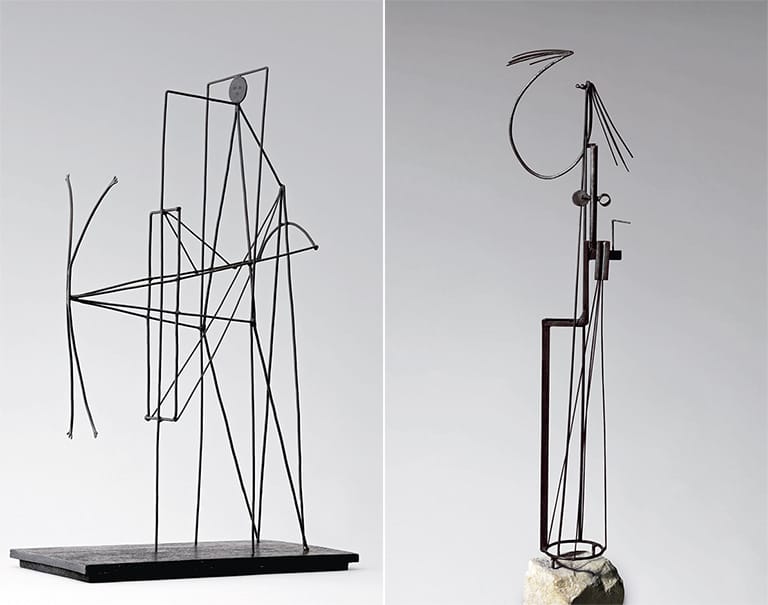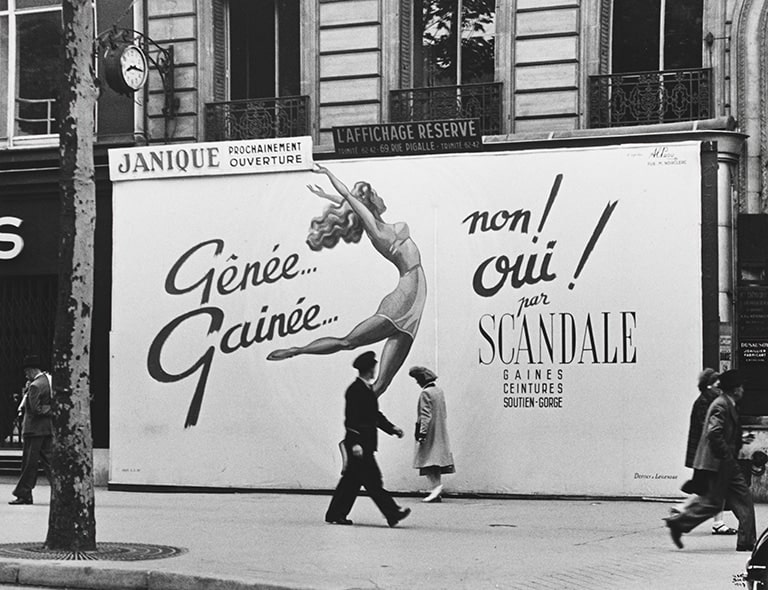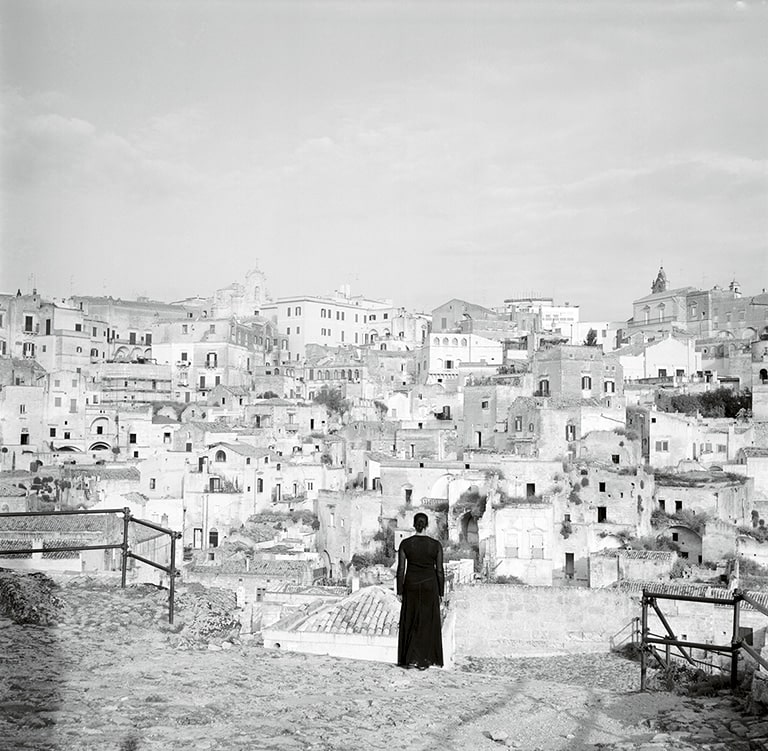L’home del banjo (The Banjo Man)

Joan Sandalinas
L’home del banjo (The Banjo Man), 1928
© Joan sandalinas, 2021
© Fundación MAPFRE COLLECTIONS
Technique
Colored pencil, graphite, and brown fountain pen ink on graph paper
Dimensions
Paper size: 19.8 × 15.5 cm (7 13/16 × 6 1/8 in.)
Frame size: 60 x 40 x 4 cm
Inventory
FM000323
Description
In the year in which the drawing is dated, 1928, Sandalinas exhibited at the III Saló de Tardor, at the Sala Parés in Barcelona. By then, his knowledge of cubism had already established itself as an alternative presence to his more metaphysical and surreal figuration. However, in the artist’s work, chronology and evolution are not linear, as forms and manners reappear throughout his career; moreover, he himself dated many of his creations quite late. In 1920 there was an exhibition of the French avant-garde at the Dalmau Gallery in Barcelona that included Cubists and Fauves, as well as Sunyer and Miró, although the presence of Cubism in the Catalan capital had already been a reality since the famous pioneering exhibition of 1912 in the Dalmau room.
In Sandalinas’ work, cubism manifests itself at different times, in some cases closer to the synthetic Picasso and in others closer to constructivism. In this drawing, the cubist trace is intimately linked to the figurative intentionality. The profile of the character is completed as a single form, the head illustrates the formal decomposition of the scenes. The figure remains faithful to the painter’s taste for elongating the forms, granting relevance to the hands, one of which -the one holding the instrument’s neck- combines naturalism with the strictest geometry in the fingers. The different treatment of the head with respect to the rest of the body also characterizes many of his other works, in which the head almost disappears, becoming a small circle with an eye, or a triangular plane, or even disappearing altogether. In this drawing, the sloping neck introduces a dynamic diagonal into a rather static composition. The face is drawn outside its space, establishing an inside-outside game. The motif has cubist roots and refers to the multiple representations of still life and shapes with musical instruments that began to appear in works by Braque and Picasso in the early years of this movement.
[Carmen Bernárdez Sanchís]
CASAMARTINA I PARASSOLS, Josep, Joan Sandalinas, Madrid, Fundación Mapfre, 2007.
Joan Sandalinas, exh. cat. Figueras, Art Gallery-3, 1985.
Joan Sandalinas, exh. cat. Barcelona, Sala Cultural Caja de Madrid, 1986.
Joan Sandalinas. Paintings, drawings, and watercolors, exh. cat. Gerona, Sebastià Jané Exhibition Hall. 1988.
Joan Sandalinas. Paintings and drawings, Barcelona, Jaimes Exhibition Hall, 1988.
MIRALLES, Francesc (curator), Joan Sandalinas, exh. cat. Barcelona, Generalitat de Catalunya, 1994.




